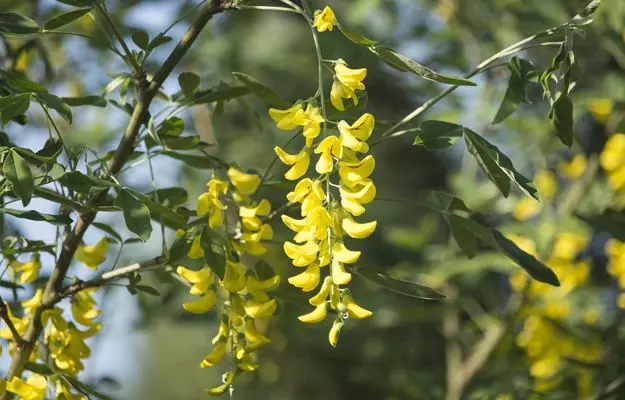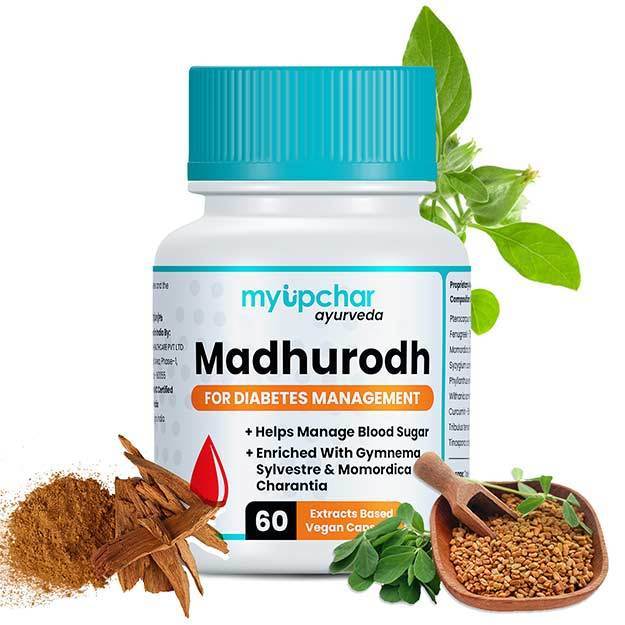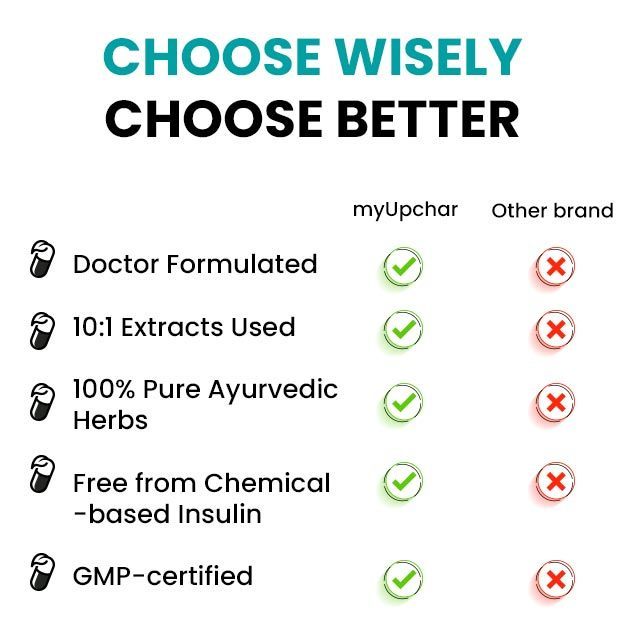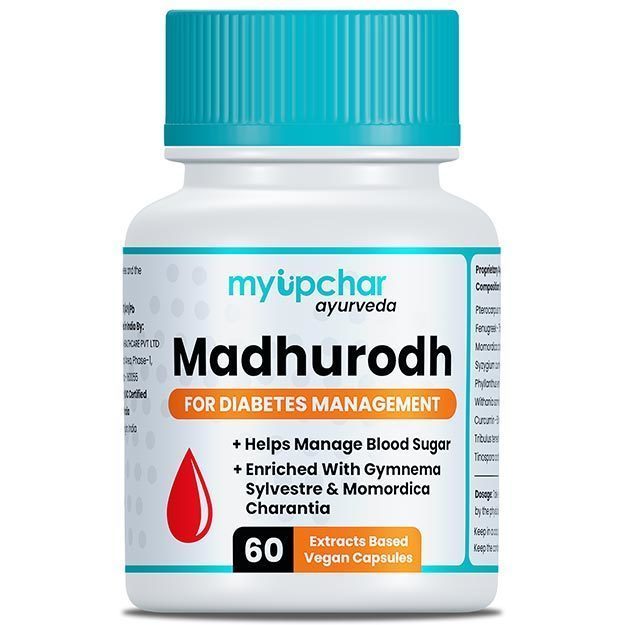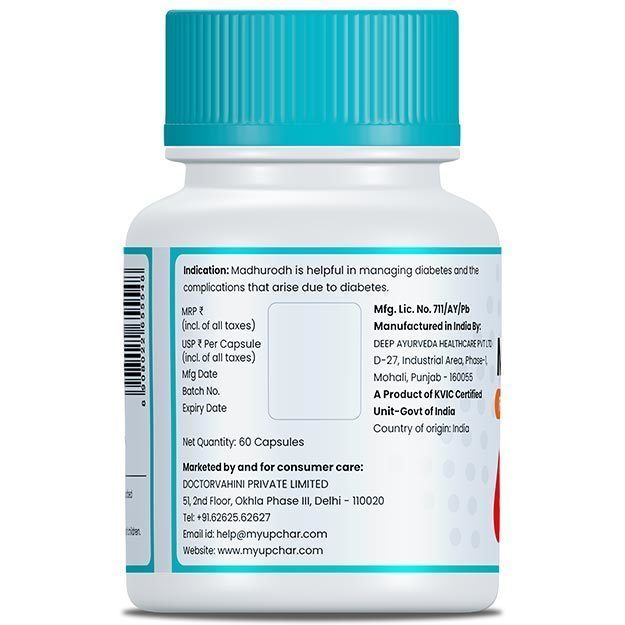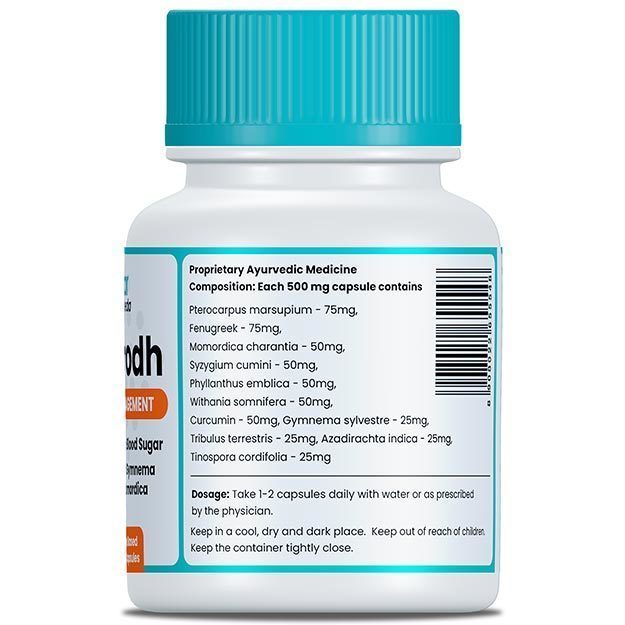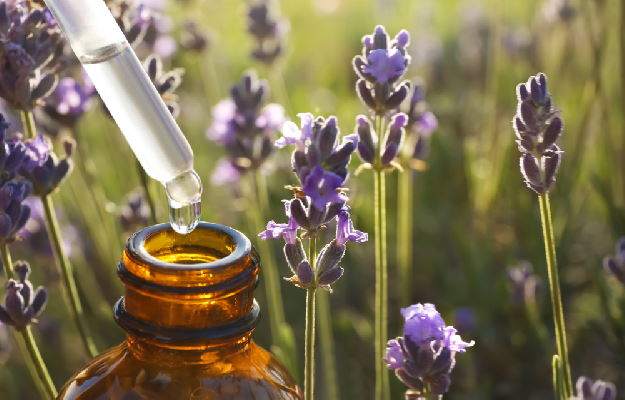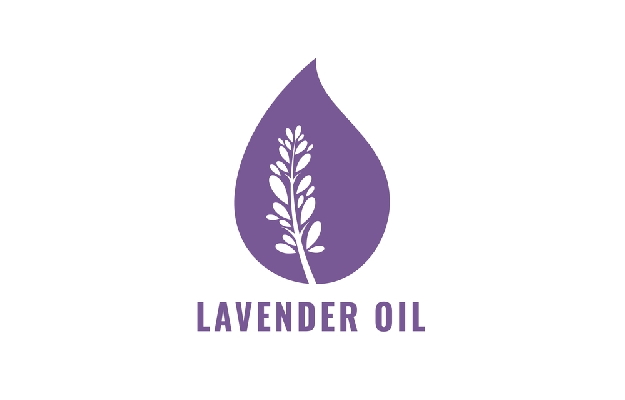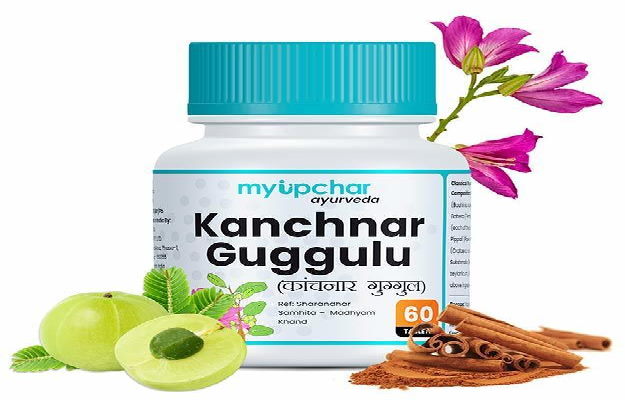Babool is a flowering tree native to the Indian subcontinent and has been recognised since ancient times due to its benefits for health. One of the major benefits of this tree is for your oral health as it helps to reduce the incidence of dental caries and bad breath. It thus finds traditional use as a toothbrush in some parts of India.
The beneficial effects of babool are not just confined to your mouth, as it also helps in the management of diabetes and cardiovascular disorders.
There are several other uses of this tree, which you will find in this article along with the side effects of babool. To understand its effects in greater detail, let’s first explore more about this tree and its parts.
Some basic facts about Babool (Thorny acacia)
Babool tree is 5 to 20 metres in length and has dark coloured branches and stem, which exude a gum. Mature tree bears characteristic thorns, which aid in its protection. Here is what you’d like to know about this tree:
- Scientific name: Acacia nilotica or Vachellia nilotica
- Family: Fabaceae
- Common names: Babool, Babool ka ped
- Native region and geographic distribution: Babool tree is believed to be native to the Indian subcontinent but also finds its origins in the lands of Egypt. It is now grown in Burma, South Africa, Zanzibar and Australia.
- Parts used: Twigs, leaves, pods, branches, gum

